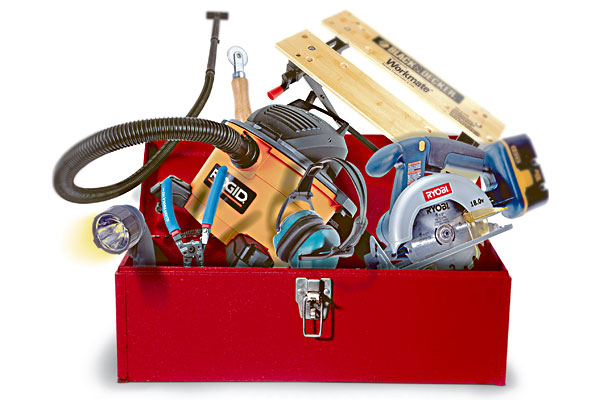
Every homeowner, and really just about everyone, should have a few power tools. Tools are required to build and repair things, and knowing how to do use them can save huge amounts of money. Heck even a backpacker or camper/RV owner can benefit from owning and using power tools. Perhaps the backpacker needs to build storage for equipment. If you have a camper/RV, a few tools will enable you to make some practical modifications to your rig. In this post I will cover some of the basic power tools that are most useful.
For the past four years most of my time has been spent remodeling our house as I mentioned in this post. The process actually started twenty years ago in 2000. Instead of spending large sums of money to get this done while we were still in the work force, instead of paying someone to do this because we didn’t have time, instead of taking out a loan to pay for it, we just put it off, living on a bare cement floor, one unusable bathroom, and a bunch of inconvenient problems. We invested our money for retirement and a “remodeling fund.” One of the smartest things we ever did.
Several friends have asked me to post pictures and explain all the work we have done, which I plan to do. Part of that series will be this first post on common and useful power tools.
The first thing we need to determine is what basic tools one should have at home. What they do and what quality we should seek. Since I often write about backpacking gear and how backpackers obsess over weight and the newest and most improved offerings in the market, let’s compare that to home power tools.

First of all a backpacker needs a toolbox (the pack) and a few crucial items, such as a shelter, sleeping bag, sleeping pad, etc. These crucial items are the tools. At home, the toolbox can be a cabinet, shelf, or even an actual toolbox. So if you think of power tools as just pieces of equipment to get a job done, then think about backpacking gear the same way – buy your gear and be done with it – then concentrate on actually using the gear.
The average homeowner doesn’t need a huge toolbox in the garage like this.
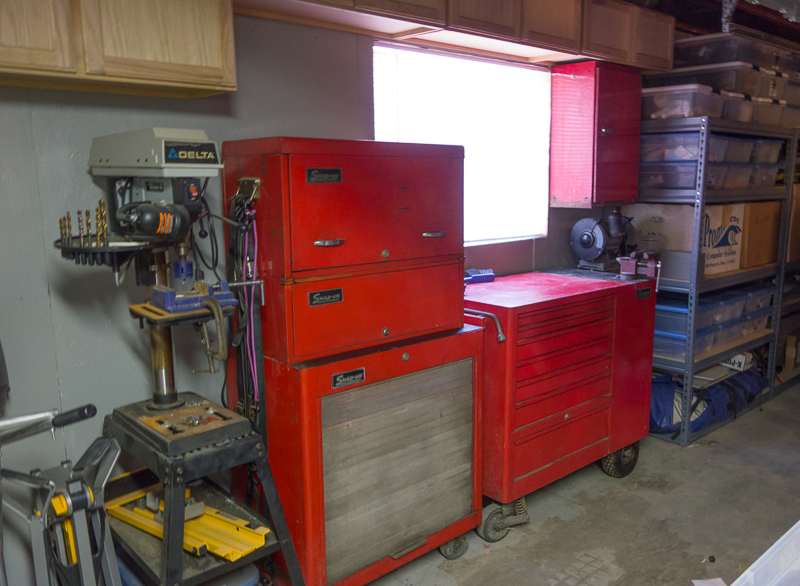
The average backpacker doesn’t need a huge expedition pack.

when a light smaller volume pack matched to the conditions suffice.

On the flip side, a pack made of fragile materials won’t last a long or take abuse.

The Goldilocks Effect
And so it goes with backpacking tools and power tools. What works the best for most use is something in the middle between price, quality, and functionality. We don’t need something that a professional, using a tool day and after day and year after year, would require.
I was an auto mechanic for several decades and needed tools that were durable and reliable, and at times could take abuse. Most of my tools were made by Snap-on, which is an incredibly expensive brand. And yes, some tool companies offer lifetime warranties on automotive tools, but what good is a tool if it breaks at 8PM when you are trying to finish that job for a customer that has to have the car first thing in the morning as promised? Snap-on tools don’t break. I have wrenches that were used daily for decades, and as they approach 50 years in my toolbox, they still look new! But I wouldn’t recommend them to someone who works on their own car once in a while. That would be overkill.
Brand Names
It used to be, when I was young, you could pretty much judge quality by its brand. No use giving examples, because today so many famous brand-name tools are owned by just a few companies. The table below might be surprising for a lot of people.

Within some of the brands, such as DeWalt, there are several different models, with different specifications, which are often difficult to figure out, other than the more expensive option might be of higher quality. Also there may be differences in construction, such as metal gears vs. plastic gears. For example, years ago I needed a drill with high torque to lift the roof on our 2006 Fleetwood Niagara tent trailer (yes I’m lazy – why use a hand crank when a drill will do the job 10 times faster). The so-called high torque DeWalt drill died due to abuse on my part by exceeding its torque specification.

I found a 1/2″ drive Rigid drill rated at 535 in-lbs of torque that was higher (at the time) than any DeWalt cordless drill. In the picture below you’ll see the lower voltage 18 volt Rigid drill next to a 1/2″ drive 20 Volt Porter-Cable cordless drill. So voltage doesn’t mean more torque. They look almost the same, but the Porter-Cable drill is rated at only 293 in-lbs of torque.
There is no way the Porter-Cable could have raise the camper’s roof. But for use around the house both are more than adequate. In fact I use the Porter-Cable most of the time.

How to Make a Purchase Decision
My experience with home tools, over the years, to buy a “brand” name product in the price range that fits your budget. I have owned many of the brands shown in the above table. Often great buys can be had on “Combo Kits” that have been popular over the years. Probably about 10 years ago I bought a Porter-Cable combo kit on sale. Price was the motivating factor, as a similar DeWalt, Rigid, Craftsman, or other brand would have been fine. Over the past four years, some of those tools have been used daily, except for the times I have been away camping or backpacking.
Keep in mind that most manufacturer’s sell different combo kits, with several kinds of tools. They might sell a 4-tool, 6-tool, or 8-tool combo kit, so you’ll need to pick the kit with the tools that meet your needs. Should you need 5 tools, and the manufacturer doesn’t make a 5-tool combo kit, you can buy that 5th tool that uses the same battery.
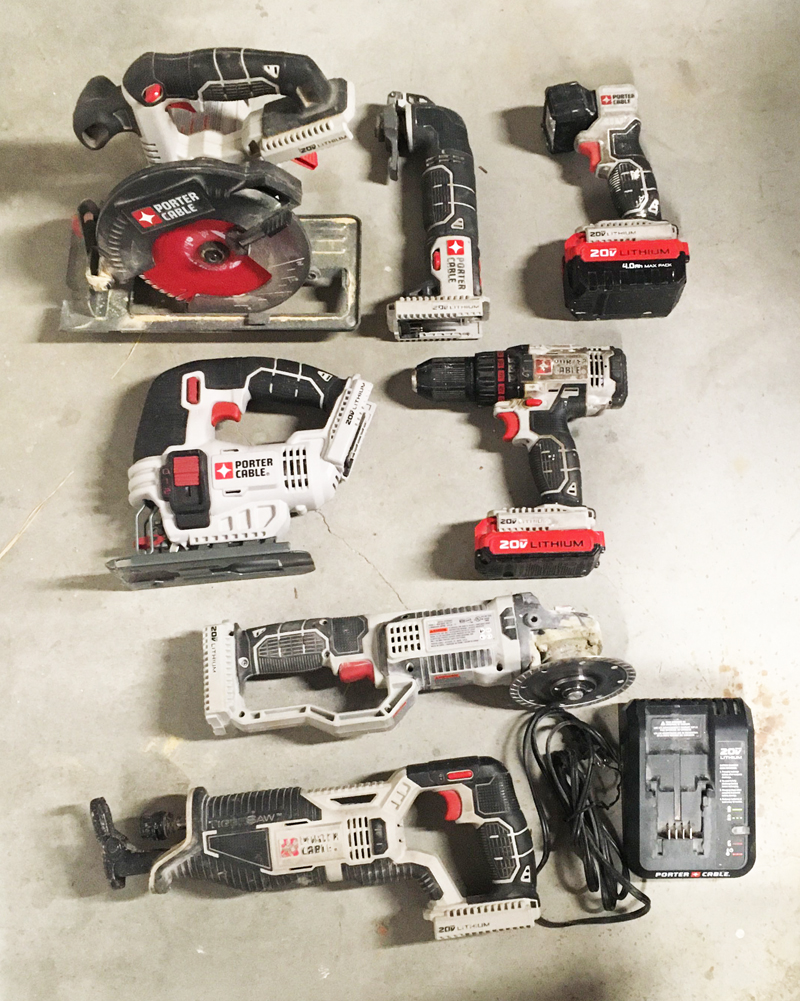
Top Row (L-R): Circular Saw, Oscillating Tool, LED Worklight
2nd Row (L-R): Jigsaw, 1/2″ Drill
3rd Row: Angle Grinder
4th Row (L-R): Reciprocating Saw, Battery Charger
All these tools are battery operated, which is convenient and the batteries last fairly long. Most importantly, all the tools use the same battery! Of course, batteries between different brands are NOT interchangeable. The kit came with two 2.0AH batteries and a charger.
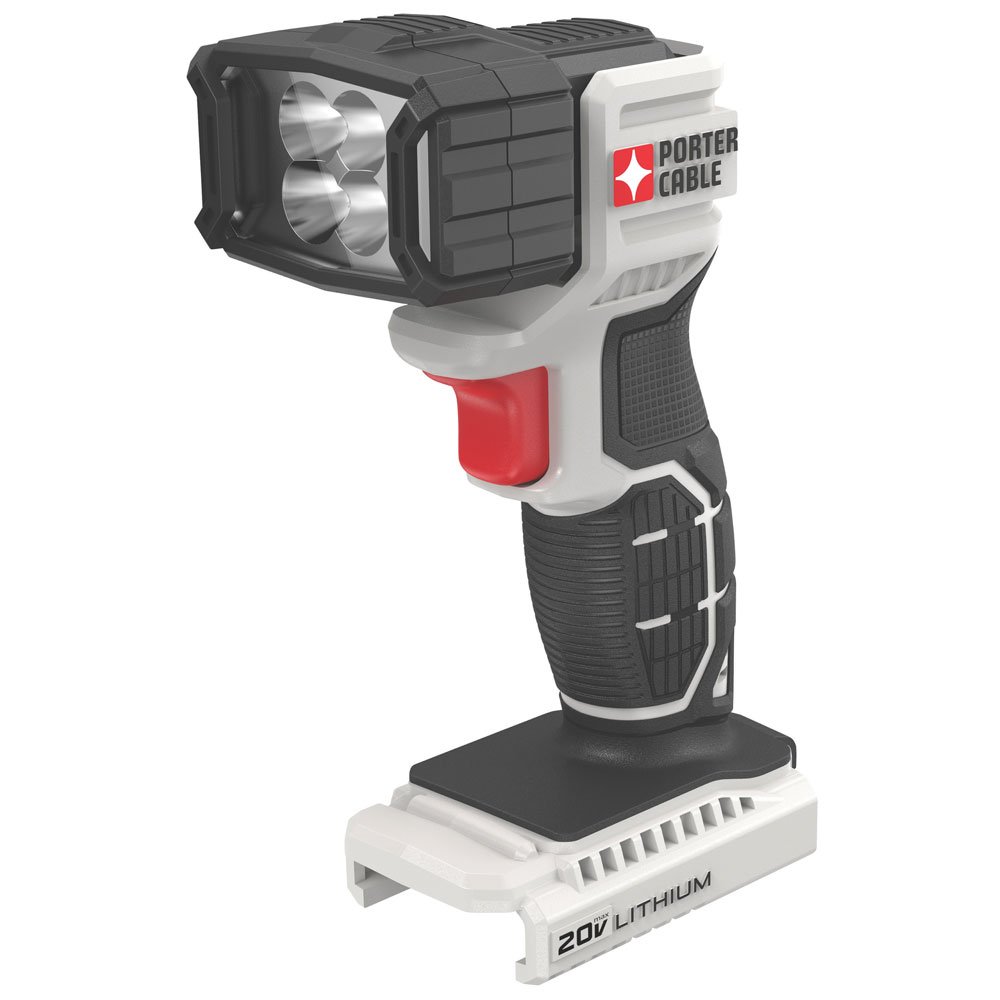
Although the batteries last quite a while, it takes a bit of time to recharge them. I ended up buying a second charger (came with one 2.0AH battery) and then I found four 4.0AH batteries on a steep clearance at one of the big box hardware store. This way I always have plenty of spares.

Tool Functions
Circular Saw
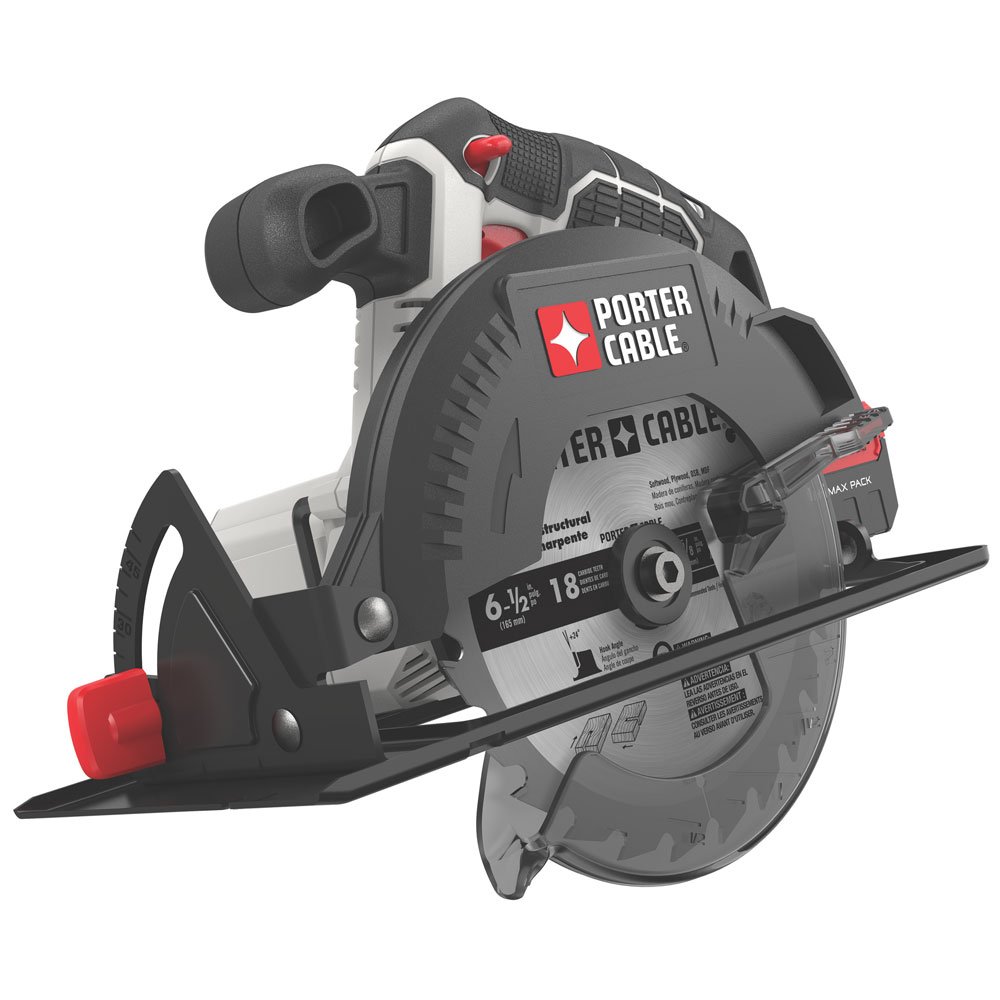
Probably to Skill’s distain, the circular saw has become somewhat of a generic name for a circular saw. It can be used to:
- cut lumber stock like 2X4s, 2X6s, etc
- cut long cuts on plywood (I used it to cut 8 foot lengths of plywood)
- with a masonry blade it can cut pavers, bricks, and similar material
- other uses left to your creativity
Oscillating Tool

These are fairly new in hardware stores. Until about 10 years ago, when the original patent wore out, these were only available from Fein and were very expensive. I first saw Fein oscillating tools in body shops, where they were used for very fine work. Some of the things you can do with an oscillating tool (with the proper attachment) you can use it as a:
- saw
- sander
- scrapper
- grout remover
- other uses limited only to your imagination

There have been many times my oscillating tool has saved the day, often preventing me from turning a job into a huge complicated production. It can get into tight places when other tools won’t work. After I got it, I was absolutely surprised and pleased with all the things it could do. At the time I got it an oscillating tool wasn’t on my shopping list.
Jig Saw

Jigsaws have small thin blades and are great for:
- cutting curves in wood or other thin materials
- cutting out a circle, square, rectangle, or other shape in wood or other thin materials
- I used it a lot to do small trimming work when we laid down our laminate floor
- and of course, you can find many other uses
Since I don’t do a lot of woodworking, I don’t use it often. But when I need it, I need it!
Angle Grinder

This tool can be dangerous! Make sure you use proper safety equipment and follow all safety precautions. This bad boy is a “man’s tool, arr, arr, arr,” as Tim the Tool Man Taylor would say. With the proper blade it can:
- grind metal
- cut metal
- grind cement floors
- sand (to include remove difficult adhesives)
- cut masonry
- cut ceramic, porcelain, granite, marble, and similar tile
- cut cement blocks, pavers, etc.
Just be careful if you have never used one.
Reciprocating Saw
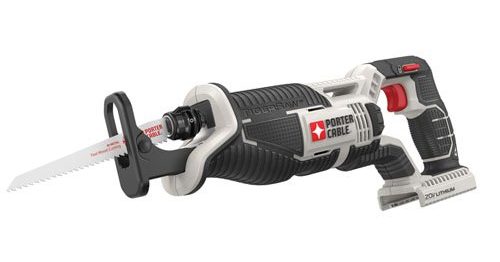
This has primarily been used as my demolition tool when removing interior walls, cutting out wall studs, cutting ABS sewer pipes, etc. You can get long and short wood or metal blades. Basically whatever your dad cut with an old fashioned hand or hack saw, this can be used for those tasks. I used to own a corded Milwaukee reciprocating saw (well-known as the Sawzall), but the portable one was so convenient, I sold the Sawzall in a garage sale.
Where to Buy
Often the big box stores like Home Depot and Lowe’s have sales. Amazon is my go-to choice for buying almost everything usually saving me time, money, and gas. But do your research. Sometimes Amazon isn’t the best price.